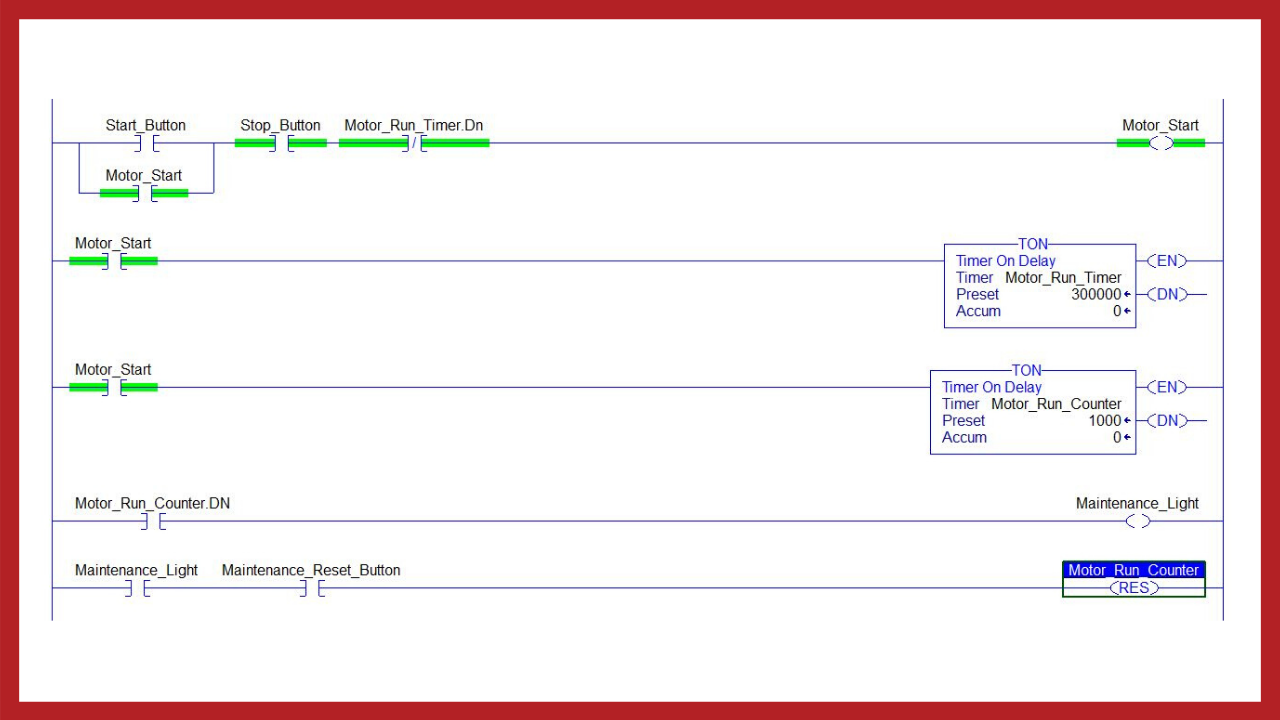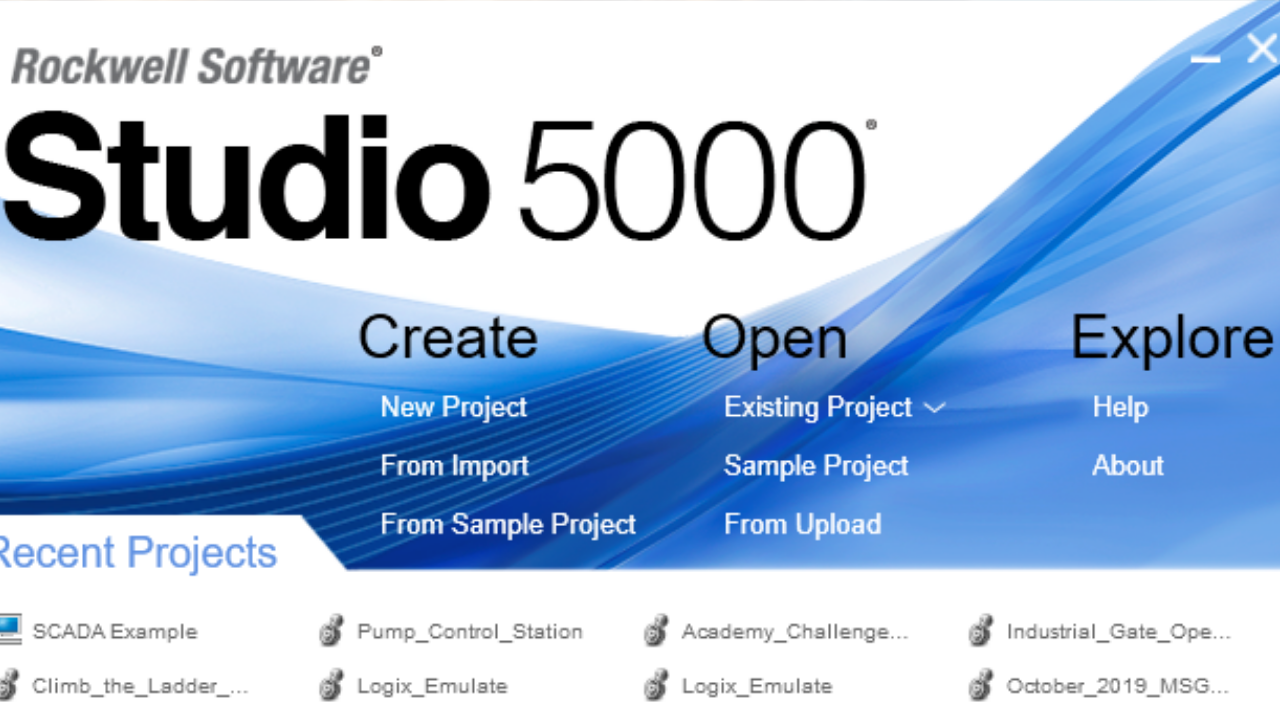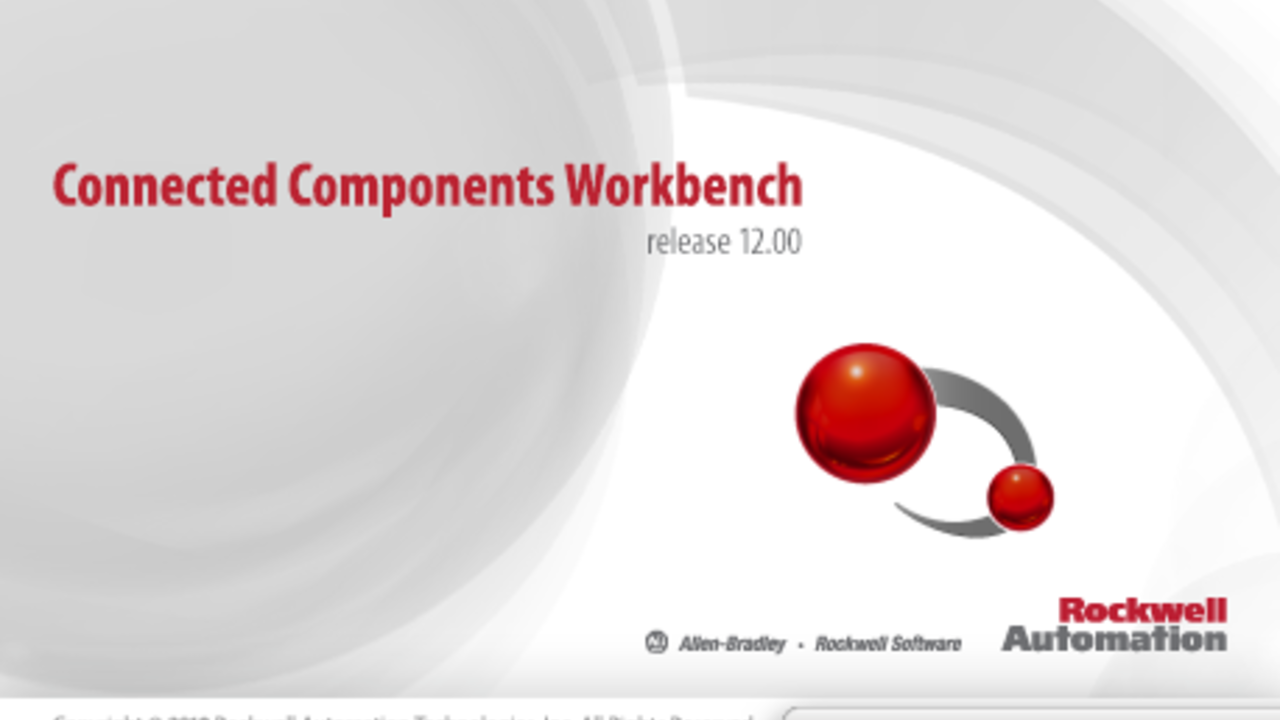The Blog
Articles, videos and stories to help you become a confident PLC programmer and automation professional.
Modbus Communications: Getting Started

If you're serious about becoming a confident PLC programmer then you have probably heard of Modbus. And if you haven't...that's ok because you are about to.
Modbus is an old industrial communications protocol that allows for the transmission of data among PLCs and/or other industrial devices.
Believe it or not, this protocol has been in use since 1979!
It has obviously stood the test of time. This is most likely because of how simple it is to use and the fact that it is open source. Meaning company or individual can build-in Modbus communications into their PLC products or other industrial devices
For example, let’s say you have basic building thermostat that you need to connect to your PLC, (there are some thermostats available with Modbus). Let’s say you need to monitor the temperature in the room and display it on an HMI screen.
Also let’s say we want to be able to see when the thermostat is calling for heat or cool.
If the thermostat has extra discrete and a...
Learn FactoryTalk View HMI Design in 2020

I have been getting a lot more requests from people who not only want to learn PLCs but also need to learn how to set up HMIs to talk to PLCs.
PLC logic programming is really just one piece of a bigger puzzle. It's a very important one but you need to learn some other skills along with it if it's going to prove useful in your career.
In this article we will be covering HMI programming and design. Particularly HMI programming and design with FactoryTalk View software.
Since we focus our training on Allen-Bradley/Rockwell automation products, FactoryTalk View is the HMI software that we know and teach our students.
FactoryTalk View is very powerful, but also pretty easy to use if you’re just getting started.
If you want more resources to learn FactoryTalk View after you read this article check out the link below to get a free PDF I create for you.
But let’s back up a minute and clarify what an HMI is…
What is an HMI?
HMI stands for Human-Machine Interface. ...
Learn Ladder Logic

If you want to learn PLCs, you absolutely need to learn Ladder Logic. I've got an epic post for you today to tell you everything you need to know to get started on your PLC training journey by learning Ladder Logic.
Here's what I've got in store for you:
- An Introduction to PLC Ladder Logic (3 most important instructions)
- Video Walk-Through of a real Ladder Logic program in Studio 5000 (relay-type instructions, timers, counters and more)
Introduction to Ladder Logic
Ladder Logic is a programming language that PLCs have been using in some form since the ’70s. Now, it’s gone through some changes over the years but is still very popular and heavily used in manufacturing and industrial automation.
Nowadays, there several other programming languages available for PLCs/PACs but Ladder Logic is still really popular for a few reasons.
- It's been the industry standard for many years.
- It’s easy to learn and implement because it works like electrical control circuits (so ...
Studio 5000 PLC Software Training

In this post, I’m going to be sharing about Rockwell’s flagship PLC/PAC programming software called Studio 5000 Logix Designer.
This software used to be called RSLogix 5000 and if you’re serious about learning PLCs to advance your skills and career you’ll likely be using this software a lot.
You’re going to need to get really comfortable with this software if you’re going to prove to employers/bosses that you have what it takes to be automation/controls technician. So, I highly recommend that you focus on PLC training that focuses on Studio 5000.
We will be breaking down this software in quite bit in this post, but to start I wanted to do a quick overview of what the software does.
- Logix Designer is where you will create all your programming logic for your PLC automation.
- This software is used to program ControlLogix and CompactLogix controllers and is also used for programming the Studio 5000 Logix Emulate controllers, which are software based controllers you can ...
How 3 Electricians Became PLC Programmers...

A while back I was talking to guy named Mark about myPLCtraining Academy and he told me something pretty cool.
Mark had recently transitioned from electrician to controls technician...without getting a degree or even a special certification.
He had been making a good salary of about $80,000 as a maintenance/industrial electrician, but now that he’s been promoted, he’s making up to $100,000!!
And that’s just his starting salary as a controls tech. It will certainly go up from here.
Since I’m dedicated to helping electricians do exactly Mark did, I had to know more...
Turns out Mark had been with his company for quite a few years as an electrician but over time he kept trying to learn more about automation. He eventually took one PLC class at a tech school and soon after was promoted.
Now he’s been promoted, is doing controls and automation work which he really enjoys and less back-breaking work, and is making up to 20% more each year! Pretty cool huh?
So the questi...
Studio 5000 Logix Designer - Tag Aliasing
This is an important concept to get down when learning to program modern Allen-Bradley/Rockwell PLCs (PACs). Check out this free PLC training video on tag aliasing!
Want to become a confident PLC programmer? Check out our PLC training course called "The Confident PLC Programmer Method".
All part of myPLCtraining Academy.
Enjoy this free PLC training resource on Studio 5000 Logix Designer tag-aliasing!
Take care,
Stephen Gates
VIDEO TRANSCRIPT BELOW
Hey, it's Stephen from myplctraining.com. I got a quick video for you on tag aliasing in Studio 5000 Logix Designer or RSLogix 5000.
Tag aliasing is very simple to learn, but can be confusing for some people when you're getting started, so we're going to talk about how to use aliasing to address physical inputs and outputs to tags in your Studio 5000 project.
Before we get into this, I've got to ask if you've gotten my free cheat sheet yet? It's called, The Three Things You Need To Know To Understand Any PLC System. You ca...
Connected Components Workbench (CCW) PLC Programming Software Training

Rockwell Automation's Connected Components Workbench software is the programming software for one of the newer PLC product lines called the Micro800 controllers.
This is free PLC programming software that you can download from Rockwell's website here.
Search for CCW, choose "Standard" edition, choose the latest version and then follow the prompts to download the software (NOTE: you'll need to setup a free account with Rockwell if you don't already have one).
Now let's jump into the training video!
VIDEO TRANSCRIPT BELOW
Hey there guys. It's Stephen Gates from myPLCtraining.com, with another video to help you become a confident plc programmer. In this video, I'm going to introduce you to one of Rockwell's newer plc programming platforms, and particularly the software involved with this platform. And that is called Connected Components Workbench, sometimes shortened with CCW. So, this is the software used to program Rockwell's micro 800 control systems. So they have micro 810, the...
How One Electrician Got a 12% Raise By Learning PLCs

I recently interviewed Mark R. who works for a marine company in the Chicago, IL area. Mark is not a student of myPLCtraining.com but I was really interested in his story because he has accomplished what many other motivated electricians have accomplished and what a lot of my audience is working toward…advancing his career as a an electrician with PLC programming and automation skills.
He now works as a controls technician and is making a really good salary.
This interview was actually just a very informal conversation we had through my website chat widget. He had some questions about my training courses and then we started talking about his career. Check out the interview below!
----------
Stephen: what's your role with the company?
Mark R: I was an electrician and have recently been promoted to a controls technician. I have some experience with Rs500 but little with 5000
Stephen: Wow congrats!
that's awesome. How did you land that promotion?
Mark R:
I bel...
RSLogix 500 Addressing - Free Allen-Bradley PLC Training Tutorial

If you're new to Allen-Bradley PLC programming, I'm going to give you some information that you can put to work...immediately! In this free Allen-Bradley PLC training tutorial I'll walk you through the basics of addressing discrete inputs, outputs, binary bits, timers and counters.
For this basic PLC training tutorial, you will need RSLogix 500 or Micro to be able to test the concepts of this post. If you don't already have RSLogix 500 or Micro yet, you can get it along with RSLinx and RSLogix Emulate 500 by watching the first video in my FREE Mini PLC Course .
Also, if you want an introduction to Ladder Logic before you start, check out this post. For everyone else, open up your RSLogix 500 (or 5 or Micro) and let's get to work.
NOTE: This is an original post, however it was inspired by a similar post at Engineer-and-Technician.com. You can see that post here.
Bits
A bit is computer-speak for a value or register that can only be a 1 or a 0; true or false. Discrete inputs and o...


